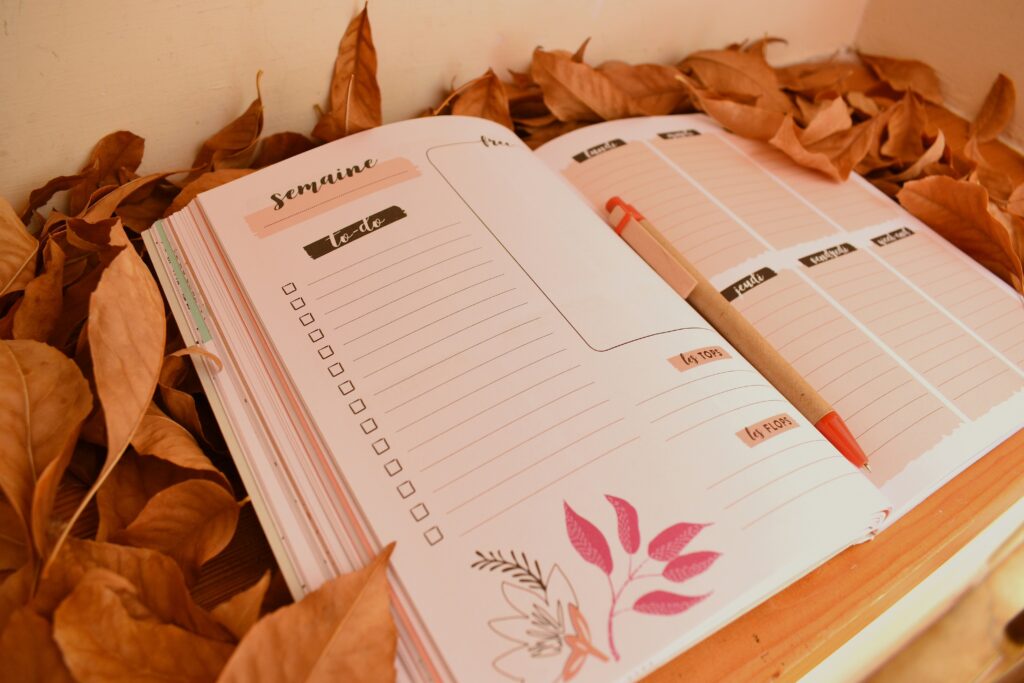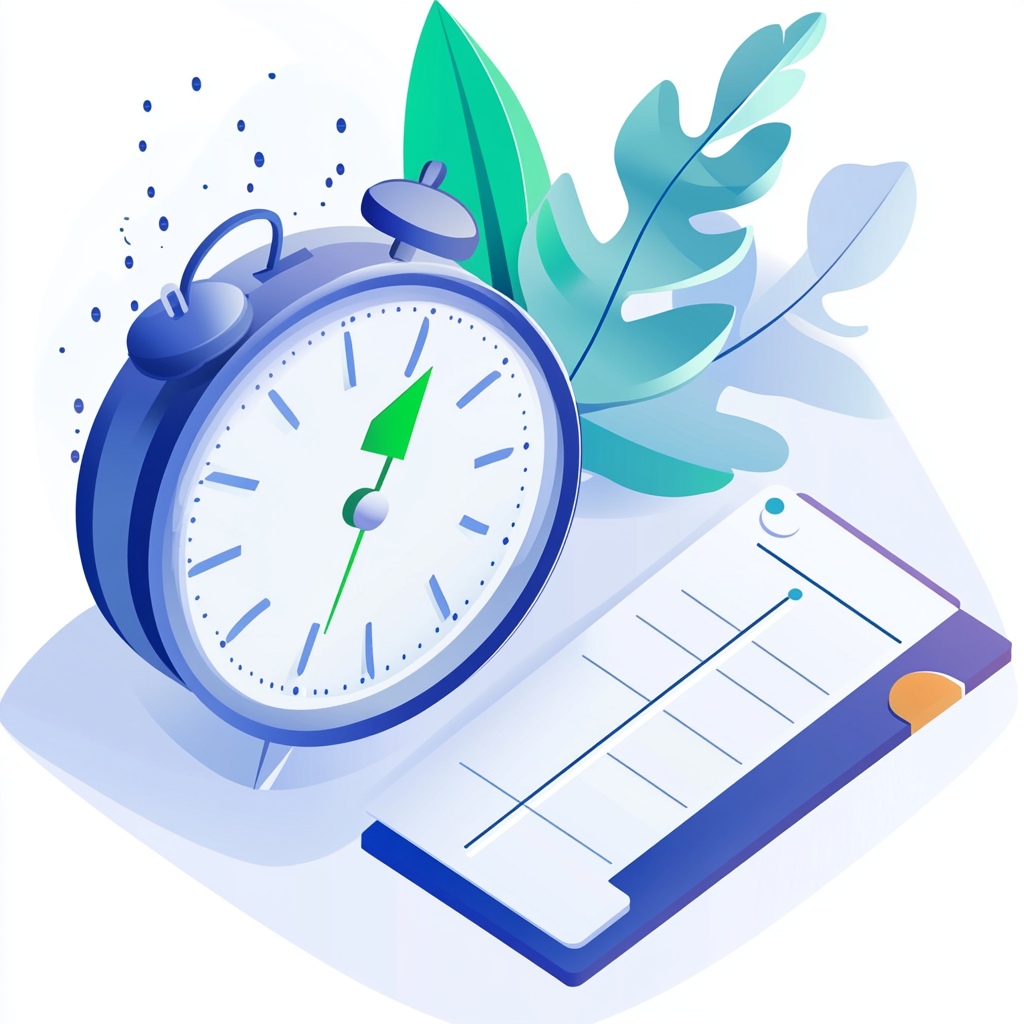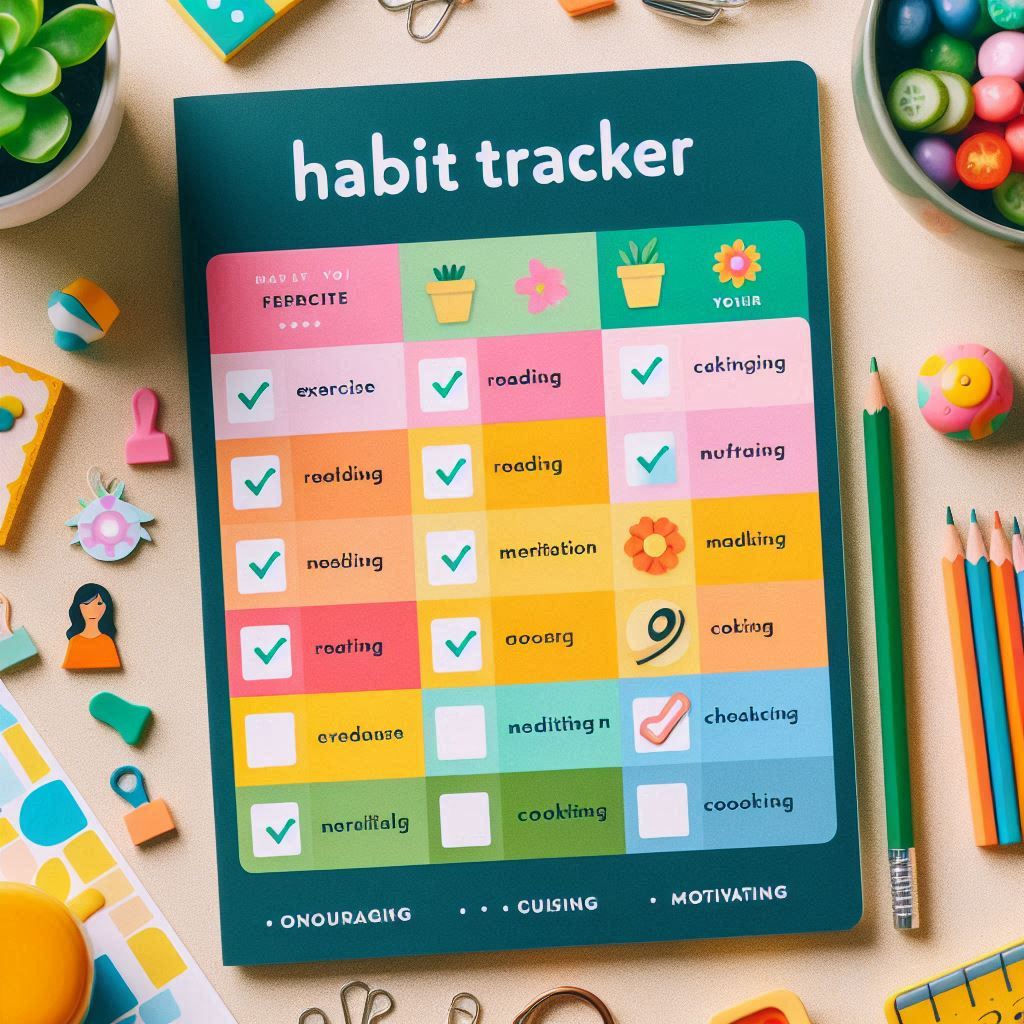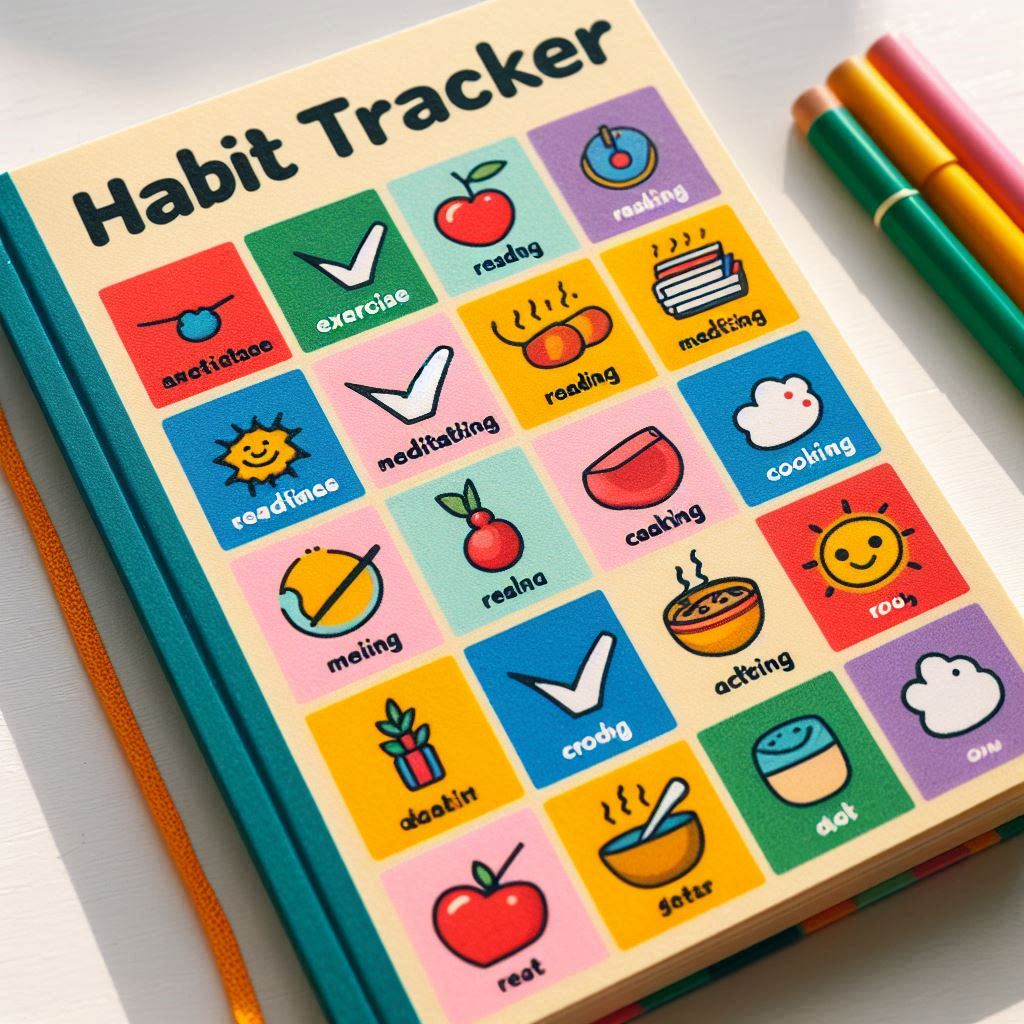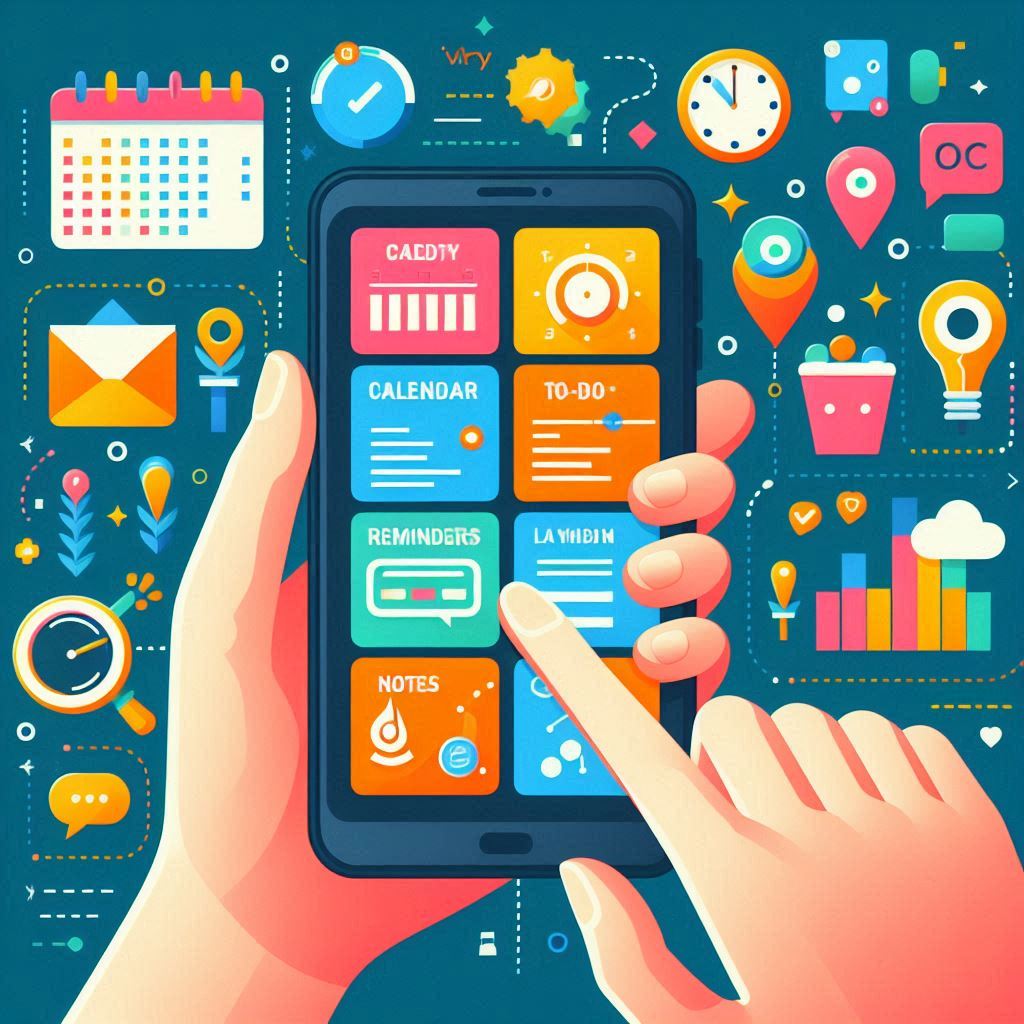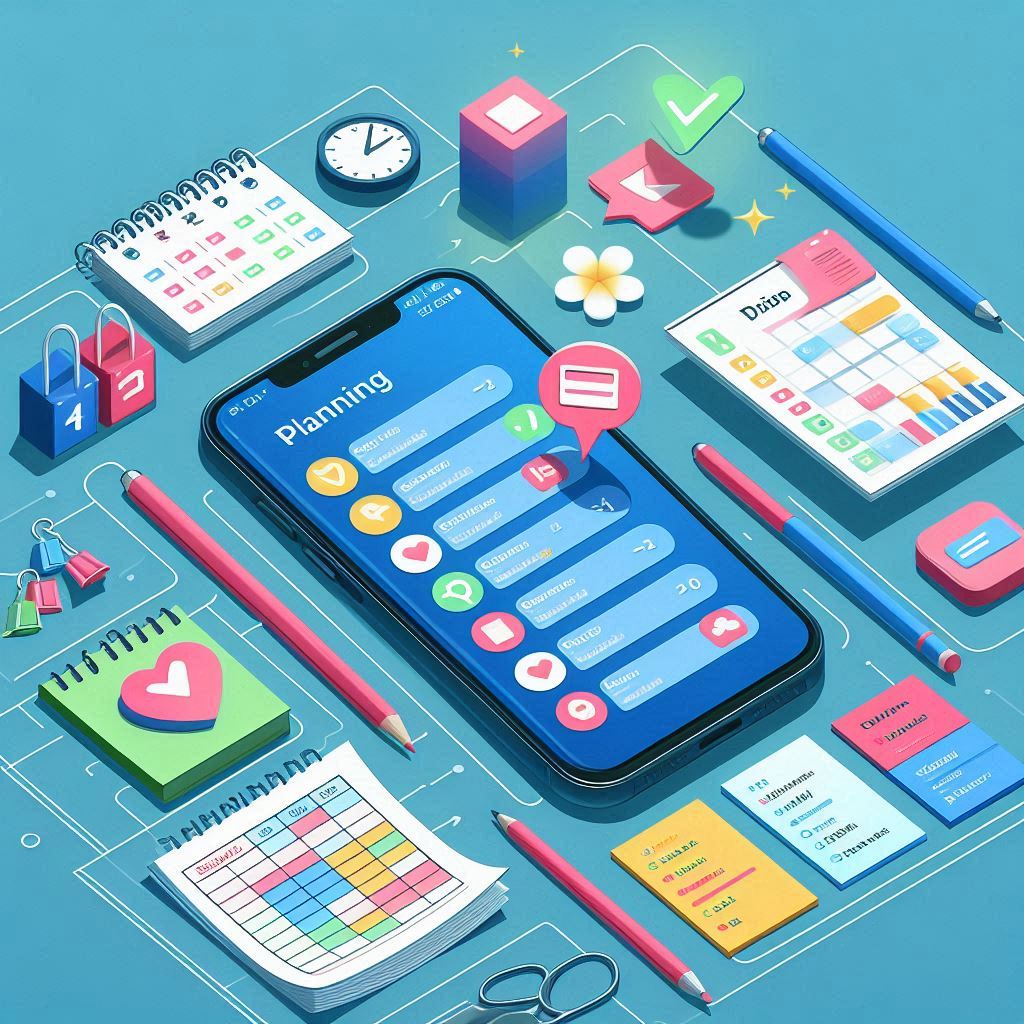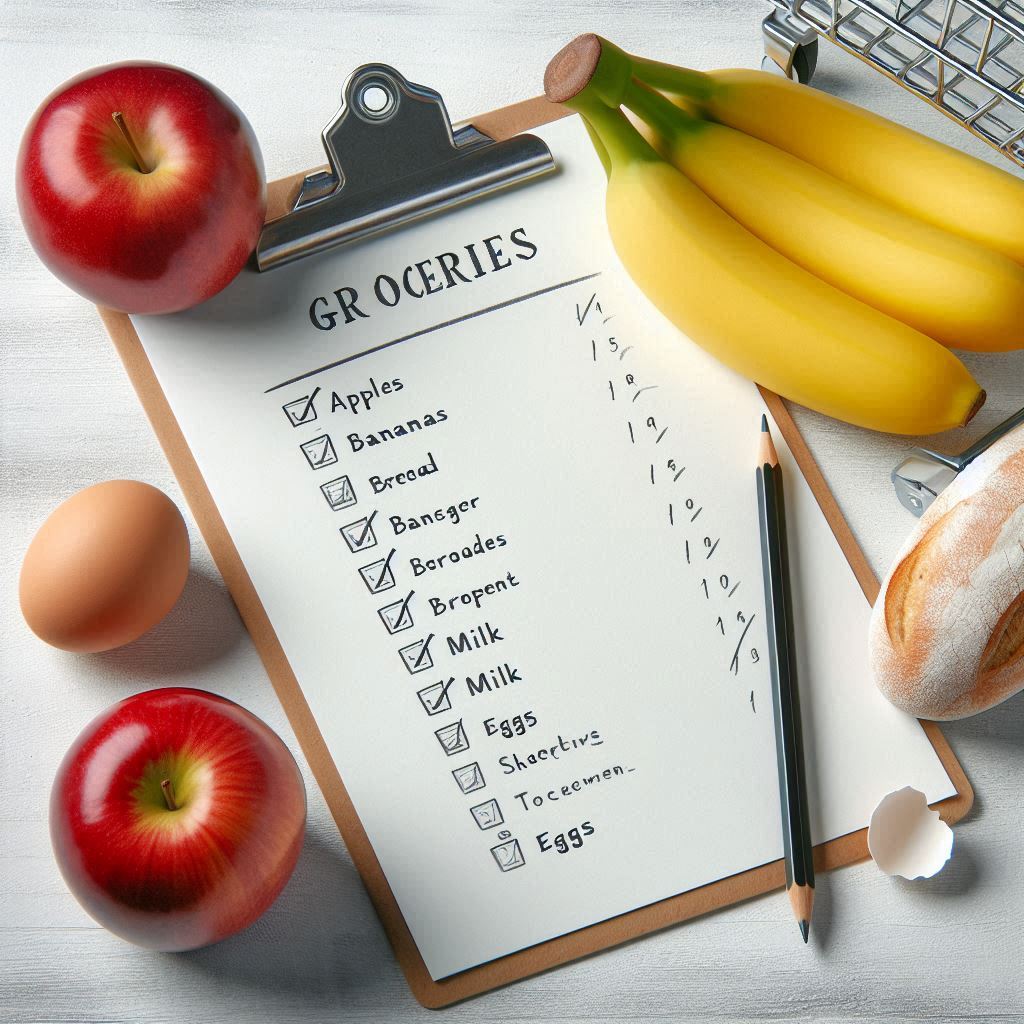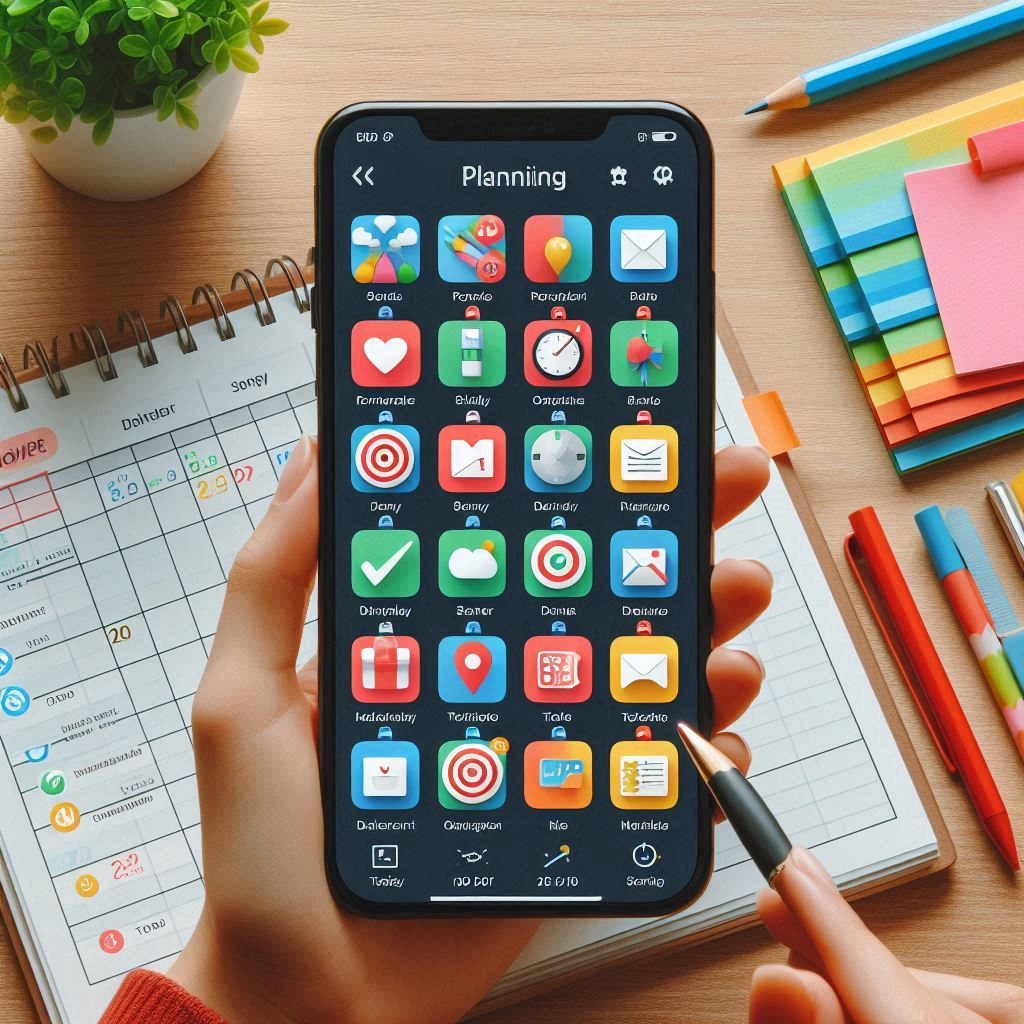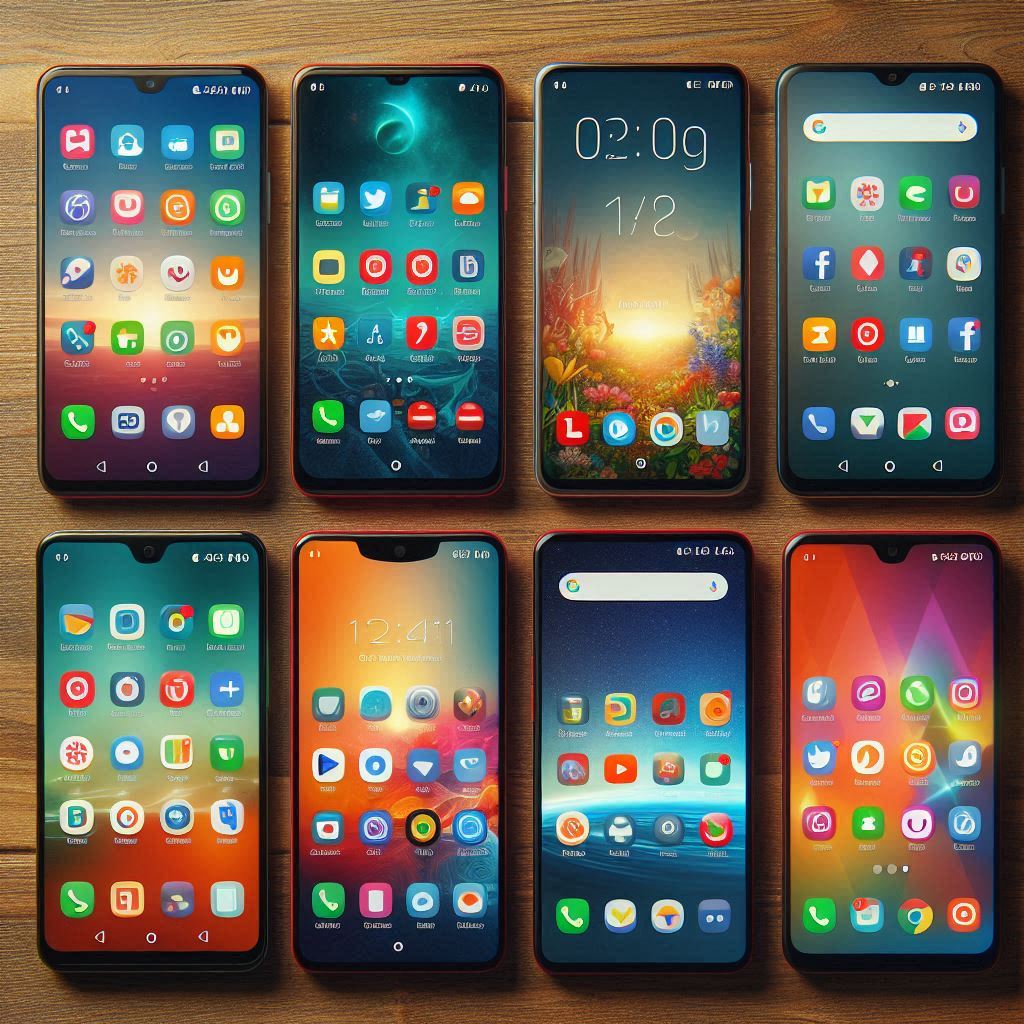5 Productivity Systems You Need to Know: Your Guide to Getting More Done
In today’s busy world, staying productive is everything. Without it, we are stuck in a place where procrastination takes over, and to-do lists just grow larger and more daunting. We need something to help us stay on track and manage our daily workflow effectively. This is where productivity systems come into play.
They help bring clarity to our lives, allow us to become more efficient, and provide a sense of calm before and after the storm. This post will explore the 5 best productive methods to help you get more done.

What Are Productivity Systems?
Productivity systems are powerful tools that help us better manage our time and provide us with a baseline of how to get things done. While these tools can’t do the work for us, they can guide us towards the most optimal path for handling our daily tasks. Think of them as your cheat sheet.
Without these productivity methods, you are essentially just going through the motions and dealing with duties as they arise. However, in most cases, this is not the most efficient approach as this often leads to several important tasks being left on the backseat and the individual feeling that they haven’t accomplished anything of immense value for the day.
With a good productivity system and productivity planner, you know what to tackle and how you should execute your workflow. That said, not all of these productivity techniques are designed in the same way and might focus on different areas to help you become more productive. Here’s a quick overview of how these tools can help:
- Prioritisation of what is important
- Aids with goal setting and tracking
- Reducing procrastination
- Balanced and organised workload
- Braking tasks into smaller more manageable steps
- Minimising stress and the feeling of being overwhelmed
- Increased focus and efficiency
- More improved time management system
5 Powerful Productivity Methods To Boost Your Efficiency
Ready to take control of your day? Here are 5 productivity techniques to help you tackle your to-do list with ease:

Productivity Technique #1: Eat The Frog – Tackling the Biggest Task First
“If it’s your job to eat a frog, it’s best to do it first thing in the morning. And if it’s your job to eat two frogs, it’s best to eat the biggest one first.” — Mark Twain
One of the most well-known productivity methods is Eat That Frog. Brian Tracy first introduced this concept in his popular book of the same name in 2001. It is based on one of Mark Twain’s famous quotes and involves doing your biggest duties first instead of pushing it to the side and waiting until the last minute to complete it.
The great thing about this approach is that after you have tackled your “frog”, the rest of your daily obligations seem easier. Everything starts to flow more naturally and you’re less stressed about what you still need to accomplish. Unfortunately, many of us are guilty of doing the opposite.
Instead of jumping right in, we avoid it until we have no more choice but to get started. The problem is that even if we spend our time on other vital duties, the “frog task” is still in the back of our minds, pulling our attention away from what we are busy with. This distraction often leads to decreased productivity and focus.
By using the Eat The Frog Technique, you can minimise procrastination and start your day on the right foot. The key is to tackle the one task that will have the biggest impact on your day. You’ll find that once your frog task is complete, a burden is lifted from your shoulders and you are ready to take on your other obligations with ease.

Productivity Technique #2: The Eisenhower Matrix – Urgency and Importance
The next time management method evolves around the urgency and importance of your tasks. This is a much different approach than many other techniques as they usually only focus on the importance of a task. The way the Eisenhower Matrix works is that it breaks down priorities into four distinct quadrants:
- Quadrant 1: Urgent and Important – These priorities are the most essential and require your focus first.
- Quadrant 2: Important but not urgent – This group represents crucial priorities, but they do not require you to do them immediately. These tasks can be scheduled.
- Quadrant 3: Not important, but urgent – These priorities require your attention but carry little value towards your goals. If possible, it is better to delegate these tasks.
- Quadrant 4: Not Important and Not Urgent – Tasks in this quadrant are neither essential nor time-sensitive. They are the types of priorities that you want to minimise or completely remove.
The Eisenhower productivity method allows you to prioritize tasks and provides you with a framework of how to tackle them efficiently. This technique is very effective at helping you focus on high-impact tasks while minimising your time spent on low-value duties. This approach reduces stress and enables you to focus your energy levels on the obligations that truly matter.

Productivity Technique #3: The Pomodoro Strategy – Time-Boxing for Focused Work
The Pomodoro technique is a strategy that allows for effective time management. This productivity system was first developed in the 1980s by Francesco Cirillo and involves the use of scheduled work intervals typically lasting around 25 minutes. After the work interval, or “Pomodoro,” the user is allowed to take a short five-minute break.
The name “Pomodoro” — which in Italian means tomato — comes from the tomato-shaped kitchen timer Francesco used to time his sessions. After completing 4 Pomodoros, you are allowed to take a longer break — around 15 to 30 minutes. This productivity method is a great one to use and is effective at keeping a user focused on each of her or his individual tasks.
Productivity Technique #4: Time Blocking – Structuring Your Day in Blocks
Time blocking is a rather simplistic productivity system but that does not take away from its effectiveness. It involves scheduling your daily tasks in blocks of time and then tackling them accordingly. Time blocking — also commonly referred to as calendar blocking — is an effective tool that allows you to better manage your time by dedicating a specific time to certain tasks.
When implemented correctly, it allows for efficient task prioritisation, prevents multitasking and can significantly reduce distractions. Time blocking is a particularly useful productivity method for people juggling multiple priorities and those with a busy schedule. By planning out your day with a task management app or a simplistic planner, you can have a clear roadmap of what you still need to accomplish, helping you stay on the right track.
Productivity Technique #5: The 2-Minute Rule – Handling Quick Tasks Immediately
As we move throughout our day, small tasks have a tendency to quickly stack up and catch us off guard when we least expect it. The 2-Minute Rule, popularized by productivity expert and author David Allen, is a simple technique that can completely prevent this pile-up. The rule is rather straightforward and states that if a task can be completed in 2 minutes or less, you should do it right away instead of pushing it to the side.
By checking off quick tasks as they arise, you keep small items in check and prevent them from piling up in your to-do list. This proactive approach is highly effective for maintaining momentum as it frees you up from small obligations that could have otherwise created a distraction. This allows you to stay focused and eliminates the need to circle back to minor duties that would slow down your efficiency.
How to Choose The Right Productivity Method For You
The best way to find the right productivity method for your task completion needs is to try a few of them out and see what works well. Often, it is better to mix and match these methods based on your workflow and the situation at hand. This hybrid approach can leave you with a task management system that can confidently handle anything you throw at it.
Whether you choose to use one of these techniques or all of them, it does not really matter. The only important thing is that it helps you to increase your overall efficiency and make your workload easier to manage.
Selecting a system that aligns with your work habits, will allow you to maximise your productivity and take control of your time. Remember, don’t be afraid to experiment — none of these productivity systems are set in stone. After all, the best technique is the one that works the best for you. Couple these techniques with a simplistic planner such as Forzeit and you will be able to expertly handle anything that life throws your way.










